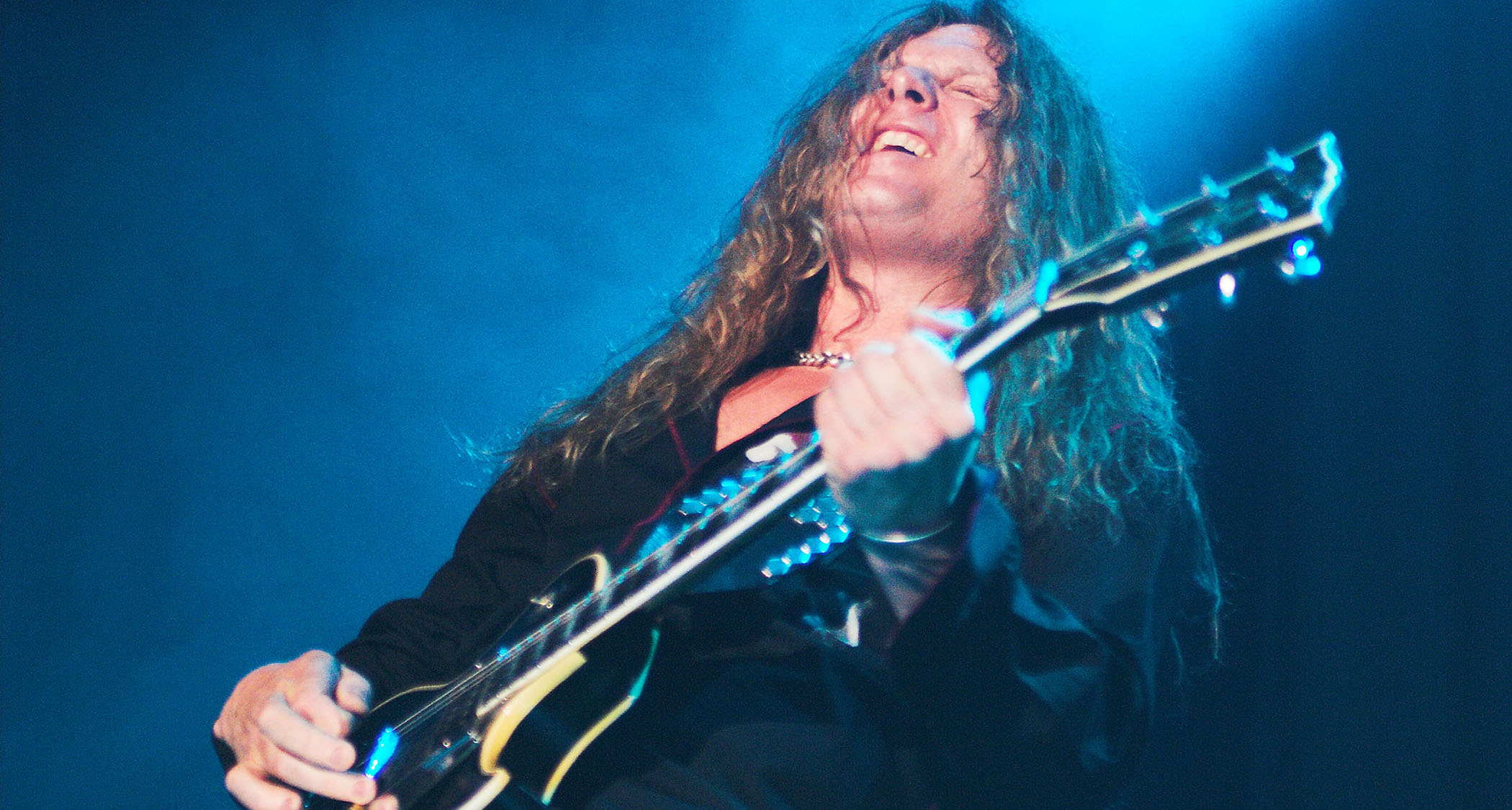Discovering Phrasing Alternatives Via Melodic Sequences
When applied properly, "go-to" shapes can serve as a tool box when developing solos or song riffs.
“Throwing Shapes” is an expression many guitarists use to describe solo phrases and melodic forms. The term is fitting because rock and blues players will commonly apply a specific rhythmic syncopation to a repeating sequence of notes or shifting note sequence, and these multi-note forms are often referred to as “shapes,” or “cells.”
We all have our own “go-to” shapes that we play instinctively. These patterns are burned into our muscle and auditory memory and, when applied properly, can serve as a tool box when developing solos or song riffs. I have a few of my own comfortable go-to phrases and forms, and what’s nice is that I don’t have think much about them. I can use these forms to get my musical ideas out without anything getting in the way of expressing creative ideas.
For me, many of these forms are derived from the minor pentatonic scale, which is the melodic bedrock of blues and rock music. FIGURE 1 illustrates a few ascending and descending shapes that are based on a combination of 16th-note triplets and 32nd notes. To play these patterns fast, I’ll try to keep both hands as relaxed as possible and use the minimum amount of fret-hand pressure needed to sound each note and then move on to the next. The pick-hand motion is primarily alternate (down-up) picking, but I’ll incorporate economy picking (down-down or up-up) where it feels most comfortable. When I play these phrases more slowly, as in bars 4-6, I must apply a little more fret-hand pressure in order to get the desired musical expression from each note.

Slowing this down, I can play the sequence shown in FIGURE 2, which ascends in a slightly different manner but incorporates the same four-note descending shape at the top of the phrase as that in FIGURE 1. My preference is to consistently descend in three-note groups, as demonstrated in FIGURE 3, as I find this shape to be more interesting and less predictable. A nice twist is to move back down in a much less regimented fashion, as I do starting in bar 2, beat three and continuing through bar 3.
I can use the same notes to elaborate on the musical idea. Adding more space between notes will result in a very different musical expression. In FIGURE 4, I’m using the same notes, but I’ve applied a different, specific rhythmic syncopation to the line. A slower phrase like this offers more room to hang on a given note and articulate it with heavy vibrato or expressive string bending.
This is my last installment of Speed of Flight for now. I hope you’ve enjoyed these columns and found some musical inspiration in them. See you soon, RHRF DOTF!
Richie Faulkner has been a member of legendary U.K. heavy metal band Judas Priest since 2011. Their 2018 album, Firepower, became the band's highest-charting album ever in the U.S.
Get The Pick Newsletter
All the latest guitar news, interviews, lessons, reviews, deals and more, direct to your inbox!
“He combined the passion of Gary Moore with riffs inspired by Zeppelin and Deep Purple, plus unexpected melodic twists like Ritchie Blackmore”: He was one of ’80s rock’s great journeymen – and his searing hot lead work inspired Marty Friedman
How to get better at guitar – 10 proven ways to improve your playing fast










